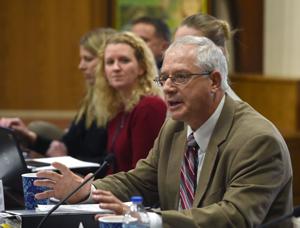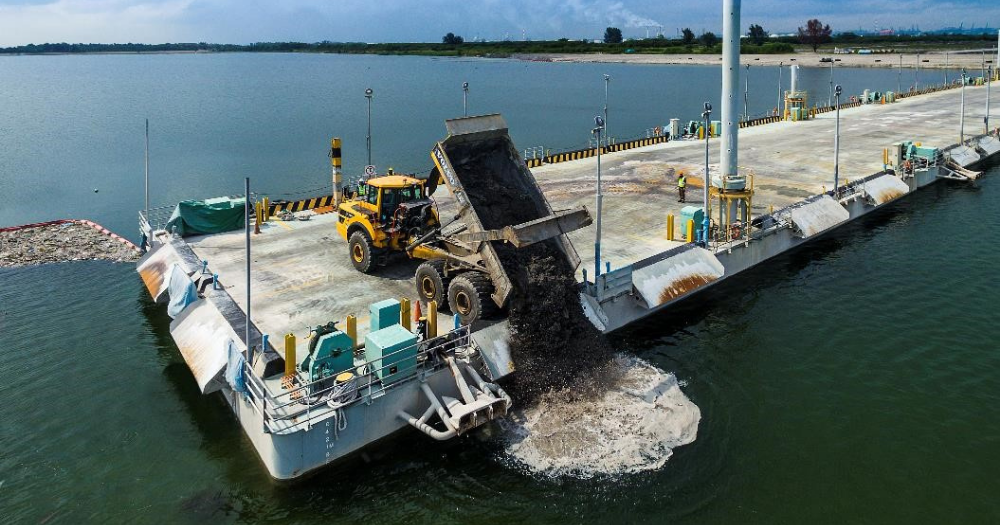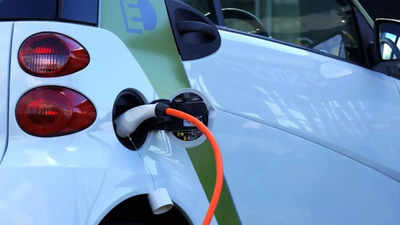
With rain finally on the way this weekend , debris flows are a real concern below steep, recently burned areas. Just how much water, rock, mud and other debris can flow will depend on how much rain falls in a short period. Where things stand Rain is expected to stick around from Saturday through Monday, though the period of greatest risk will be between 4 p.
m. Sunday and 10 a.m.

Monday. That's when the heaviest precipitation is expected to fall, according to the National Weather Service. While 0.
25 inches an hour is likely across the broader region, isolated thunderstorms could drop more than 0.5 inches an hour, exceeding the threshold of concern for debris flows. Anticipate problems if rainfall rates exceed a quarter-inch in 15 minutes, especially in mountainous areas.
The NWS will issue flood watches as needed. What we know about the risks "I'm most worried about the Eaton Fire," said Jason Kean, research hydrologist with the U.S.
Geological Survey. That's because the steepness of the San Gabriel Mountains and the deep drainages that run throughout can capture tons of debris, funneling mud, plants and rocks toward communities below. There's a long history of mudslides in the area, which is why a network of debris basins was built.
While the overall risk should be quite low for this rain event, that doesn't mean we won't see isolated problems. “The worst would be a debris flow that’s several feet deep, that closes roads in the area, isolates people in their homes and brings mud into homes,” said Ryan Kittell, meteorologist with the NWS. If you live downhill from one of the burned areas and feel especially concerned, consider leaving ahead of the storm.
If you choose not to leave, it would be a good idea to stock up with a few days' worth of food and water in case roads are blocked. Post-fire debris flow risk is highest right after a wildfire, but lasts anywhere from three to five years after a blaze, depending on how much rain an area gets and how long it takes for plants to repopulate hillsides. Not every fire gets a post-fire debris flow risk assessment.
So far, the USGS has only received requests to perform debris flow modeling for the Eaton, Palisades and Hurst fires, according to Kean. Palisades Fire The Palisades Fire decimated significant sections of Pacific Palisades and Malibu. Mudslide risk assessment: Eaton Fire The Eaton Fire devastated whole neighborhoods of Altadena and forced mass evacuations from parts of Altadena, Pasadena, Sierra Madre and Glendale.
Mudslide risk assessment: Hughes Fire The Hughes Fire prompted the temporary shutdown of the 5 Freeway, evacuation orders and the shut down of many schools. Mudslide risk assessment: The risk is still being assessed by the U.S.
Geological Survey. Hurst Fire The Hurst Fire started above Olive View Medical Center and spread toward the 210 Freeway in Sylmar. Mudslide risk assessment: Kenneth Fire The Kenneth Fire that broke out along the western edge of the San Fernando Valley and was fully contained relatively quickly.
The fire started in the Upper Las Virgenes Canyon Open Space Preserve and pushed toward dense developments in the cities of Calabasas and Agoura. Mudslide risk assessment: A USGS risk assessment wasn't performed for this fire. Sunset Fire The Sunset Fire forced evacuations of densely populated areas in the Hollywood Hills before being contained.
Mudslide risk assessment: A USGS risk assessment wasn't performed for this fire. Other recent fires Franklin Fire The Franklin Fire sparked on Dec. 18 and was active for nine days.
Mudslide risk assessment: Auto Fire This fire burned in a riverbed area in Ventura and was quickly contained. Mudslide risk assessment: A USGS risk assessment wasn't performed for this fire. Lidia Fire This fire burned in a remote area north of Soledad Canyon Road in L.
A. County. Mudslide risk assessment: A USGS risk assessment wasn't performed for this fire.
Sepulveda Fire The Woodley Fire was reported near North Woodley Avenue and the Sepulveda Basin. In the early hours of the fire, officials warned that it posed "a threat of crossing Burbank Boulevard." Mudslide risk assessment: A USGS risk assessment wasn't performed for this fire.
Listen to our Big Burn podcast Fire resources and tips Check out LAist's wildfire recovery guide If you have to evacuate: Navigating fire conditions: How to help yourself and others: How to start the recovery process: What to do for your kids: Prepare for the next disaster:.















